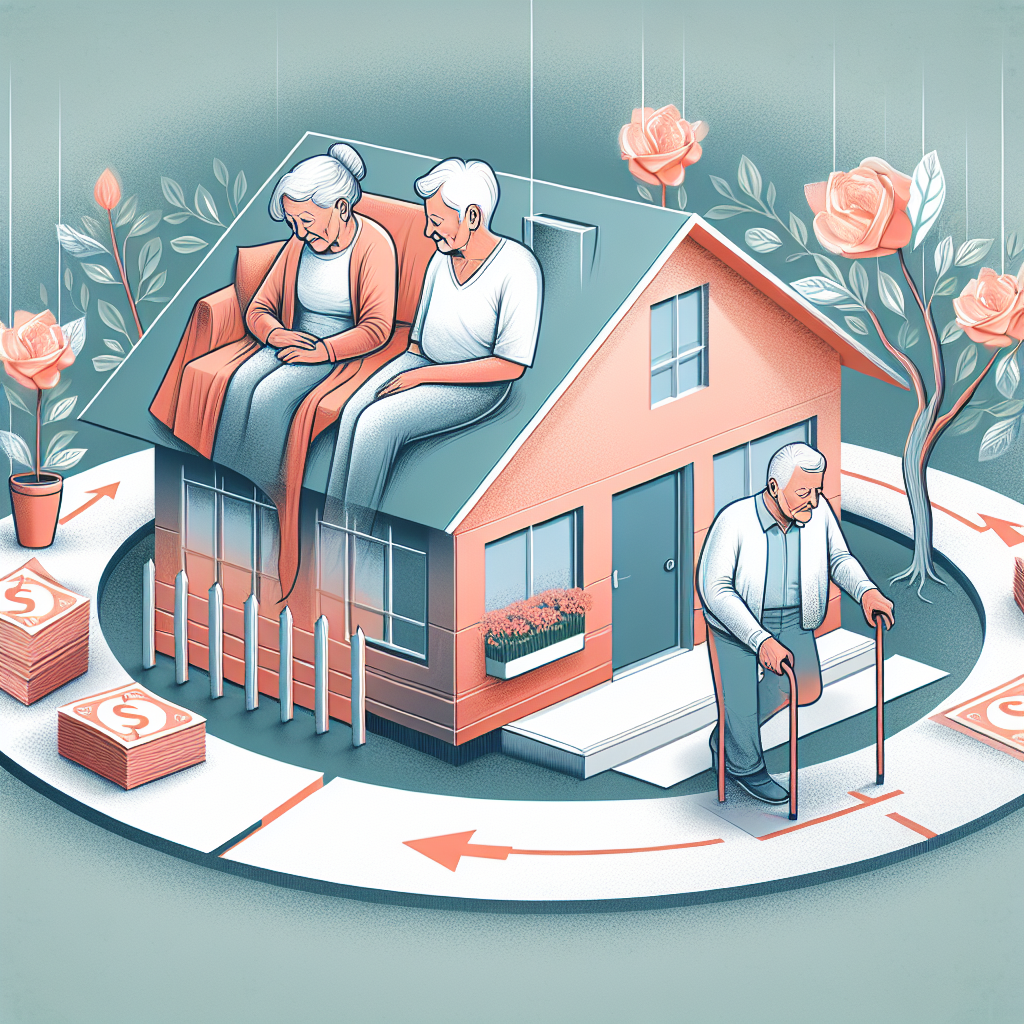AARP Evaluates Aging in Place and the Impact of Reverse Mortgages
As the population of older adults continues to grow, the concept of “aging in place” has gained significant attention. Aging in place refers to the ability of individuals to live in their own homes and communities safely, independently, and comfortably, regardless of age, income, or ability level. The American Association of Retired Persons (AARP) has been at the forefront of evaluating strategies that support this goal, with reverse mortgages emerging as a potential financial tool. This article explores AARP’s evaluation of aging in place and the impact of reverse mortgages on this process.
Understanding Aging in Place
Aging in place is a preferred choice for many older adults who wish to maintain their independence and stay connected to their communities. According to AARP, nearly 90% of seniors want to remain in their homes as they age. This preference is driven by several factors:
- Familiarity with their home and neighborhood
- Proximity to family and friends
- Desire to maintain autonomy and control over their living environment
- Emotional attachment to their home
However, aging in place can present challenges, including the need for home modifications, access to healthcare, and financial stability. This is where reverse mortgages come into play as a potential solution.
What is a Reverse Mortgage?
A reverse mortgage is a financial product that allows homeowners aged 62 and older to convert part of their home equity into cash. Unlike a traditional mortgage, the homeowner does not make monthly payments. Instead, the loan is repaid when the homeowner sells the home, moves out permanently, or passes away. The most common type of reverse mortgage is the Home Equity Conversion Mortgage (HECM), which is insured by the Federal Housing Administration (FHA).
The Role of Reverse Mortgages in Aging in Place
Reverse mortgages can provide financial flexibility for older adults who wish to age in place. AARP has identified several ways in which reverse mortgages can support this goal:
- Supplementing Retirement Income: Reverse mortgages can provide a steady stream of income, helping retirees cover daily living expenses, medical bills, and other costs.
- Funding Home Modifications: The funds from a reverse mortgage can be used to make necessary home modifications, such as installing ramps, widening doorways, or adding stairlifts, to enhance accessibility and safety.
- Paying Off Existing Debt: Homeowners can use reverse mortgage proceeds to pay off existing mortgages or other debts, reducing financial stress.
Case Studies and Statistics
Several case studies highlight the positive impact of reverse mortgages on aging in place. For instance, a study by the National Council on Aging found that 50% of older adults who used reverse mortgages were able to stay in their homes longer than they would have otherwise. Additionally, a report by the Consumer Financial Protection Bureau (CFPB) noted that reverse mortgages can be a valuable tool for those with limited retirement savings.
However, it’s important to note that reverse mortgages are not without risks. AARP emphasizes the need for careful consideration and counseling before pursuing this option. Potential drawbacks include high fees, the risk of foreclosure if property taxes and insurance are not maintained, and the reduction of home equity available to heirs.
Conclusion
Aging in place is a deeply personal choice for many older adults, and reverse mortgages can play a significant role in supporting this decision. AARP’s evaluation highlights the potential benefits of reverse mortgages, such as supplementing income, funding home modifications, and reducing debt. However, it also underscores the importance of understanding the risks and seeking professional advice. As the population continues to age, reverse mortgages may become an increasingly vital tool in helping seniors maintain their independence and quality of life in their own homes.



